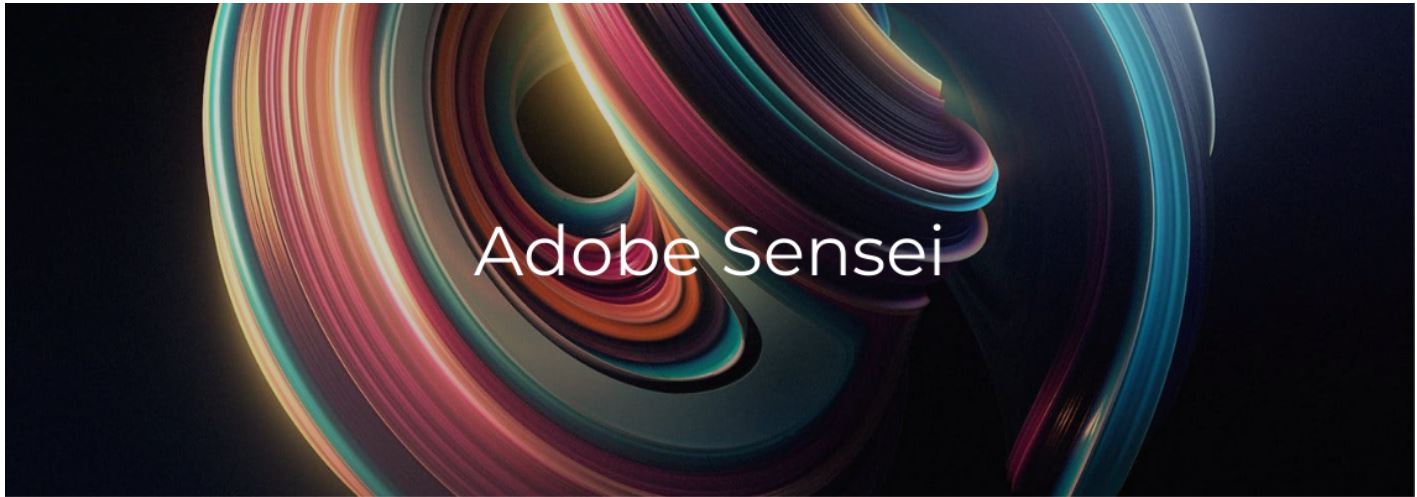
Adobe Sensei: Complete Buyer's Guide
Enterprise AI platform that transforms Creative Cloud workflows through intelligent automation and seamless integration across Adobe's creative ecosystem.
Adobe Sensei represents Adobe's comprehensive AI platform integrated across Creative Cloud applications, positioning itself as an enterprise-grade solution for design professionals seeking workflow automation at scale[42][51].
Market Position & Maturity
Market Standing
Adobe Sensei operates from a position of significant market strength as part of Adobe's comprehensive Creative Cloud ecosystem, leveraging the company's established enterprise relationships and creative industry dominance[42][51].
Company Maturity
The company's market maturity is evidenced through comprehensive compliance frameworks, including SOC 2 certification and enterprise-grade security standards that meet large organization requirements[42][51].
Growth Trajectory
Growth trajectory indicators include expanding AI capabilities across Adobe's product portfolio, with Sensei integration becoming standard across Creative Cloud applications.
Industry Recognition
Industry recognition comes through documented customer success stories, particularly the automotive sector implementation achieving 7x ROI through AI vehicle cropping capabilities[48][54].
Strategic Partnerships
Adobe's strategic partnerships and ecosystem positioning strengthen market credibility, with integration capabilities across Adobe Experience Manager and Creative Cloud applications providing comprehensive workflow solutions[42][51].
Longevity Assessment
Longevity assessment reveals strong fundamentals through Adobe's established market position and financial stability, though the platform faces competitive threats from specialized alternatives offering faster deployment and superior performance in specific AI editing tasks.
Proof of Capabilities
Customer Evidence
Adobe Sensei's most compelling customer evidence comes from automotive sector deployment, where a Japanese automaker achieved 7x ROI using Sensei's AI vehicle cropping capabilities in Adobe Experience Manager[48][54].
Quantified Outcomes
Performance validation through independent benchmarking positions Adobe Sensei with 4.65/5 accuracy scores in object addition tasks using the Complex-Edit evaluation framework[53].
Case Study Analysis
The automotive sector case study demonstrates measurable business value through 75% reduction in manual editing time while maintaining brand consistency requirements[48][54].
Market Validation
Customer satisfaction metrics demonstrate strong market validation, with Adobe Sensei maintaining 4.5/5 overall rating across user reviews[41].
Competitive Wins
Competitive validation emerges through performance comparisons with specialized alternatives. While Adobe Sensei demonstrates strong object addition performance, specialized competitors outperform in specific use cases - Remove.bg achieves 90% accuracy in background removal compared to Adobe's 70% performance in similar tasks[41][45].
Reference Customers
Reference customer evidence remains limited to the automotive sector case study, representing a single implementation rather than multiple independent validations[48].
AI Technology
Adobe Sensei employs a sophisticated serverless microservices architecture built on Adobe I/O Runtime, enabling enterprise-scale asset processing through cloud-based AI capabilities[42][51].
Architecture
The platform's technical foundation leverages machine learning algorithms specifically optimized for creative workflows, with content-aware automation capabilities that include content-aware fill and face-aware liquify features validated by 5-star user ratings for precision[40][45].
Primary Competitors
Primary competitors include Remove.bg for background removal, Photoroom for rapid deployment, and Cloudinary for enterprise-scale processing, each offering superior performance in specific use cases[36][39][31][30].
Competitive Advantages
Competitive advantages center on comprehensive Creative Cloud integration enabling seamless workflow automation without switching between multiple tools. Adobe's serverless architecture handles enterprise-scale processing while maintaining SOC 2 compliance standards essential for large organizations[42][51].
Market Positioning
Market positioning reality reveals Adobe Sensei's strength in integrated workflows versus standalone performance optimization.
Win/Loss Scenarios
Win scenarios favor Adobe when Creative Cloud integration provides operational value and enterprise compliance requirements necessitate comprehensive vendor management. Loss scenarios occur when standalone performance is critical, deployment speed is essential, or cost-per-image economics favor specialized solutions.
Key Features

Pros & Cons
Use Cases
Integrations
Pricing
Featured In Articles
Comprehensive analysis of AI Photo Editors for AI Design for AI Design professionals. Expert evaluation of features, pricing, and implementation.
How We Researched This Guide
About This Guide: This comprehensive analysis is based on extensive competitive intelligence and real-world implementation data from leading AI vendors. StayModern updates this guide quarterly to reflect market developments and vendor performance changes.
58+ verified sources per analysis including official documentation, customer reviews, analyst reports, and industry publications.
- • Vendor documentation & whitepapers
- • Customer testimonials & case studies
- • Third-party analyst assessments
- • Industry benchmarking reports
Standardized assessment framework across 8 key dimensions for objective comparison.
- • Technology capabilities & architecture
- • Market position & customer evidence
- • Implementation experience & support
- • Pricing value & competitive position
Research is refreshed every 90 days to capture market changes and new vendor capabilities.
- • New product releases & features
- • Market positioning changes
- • Customer feedback integration
- • Competitive landscape shifts
Every claim is source-linked with direct citations to original materials for verification.
- • Clickable citation links
- • Original source attribution
- • Date stamps for currency
- • Quality score validation
Analysis follows systematic research protocols with consistent evaluation frameworks.
- • Standardized assessment criteria
- • Multi-source verification process
- • Consistent evaluation methodology
- • Quality assurance protocols
Buyer-focused analysis with transparent methodology and factual accuracy commitment.
- • Objective comparative analysis
- • Transparent research methodology
- • Factual accuracy commitment
- • Continuous quality improvement
Quality Commitment: If you find any inaccuracies in our analysis on this page, please contact us at research@staymodern.ai. We're committed to maintaining the highest standards of research integrity and will investigate and correct any issues promptly.